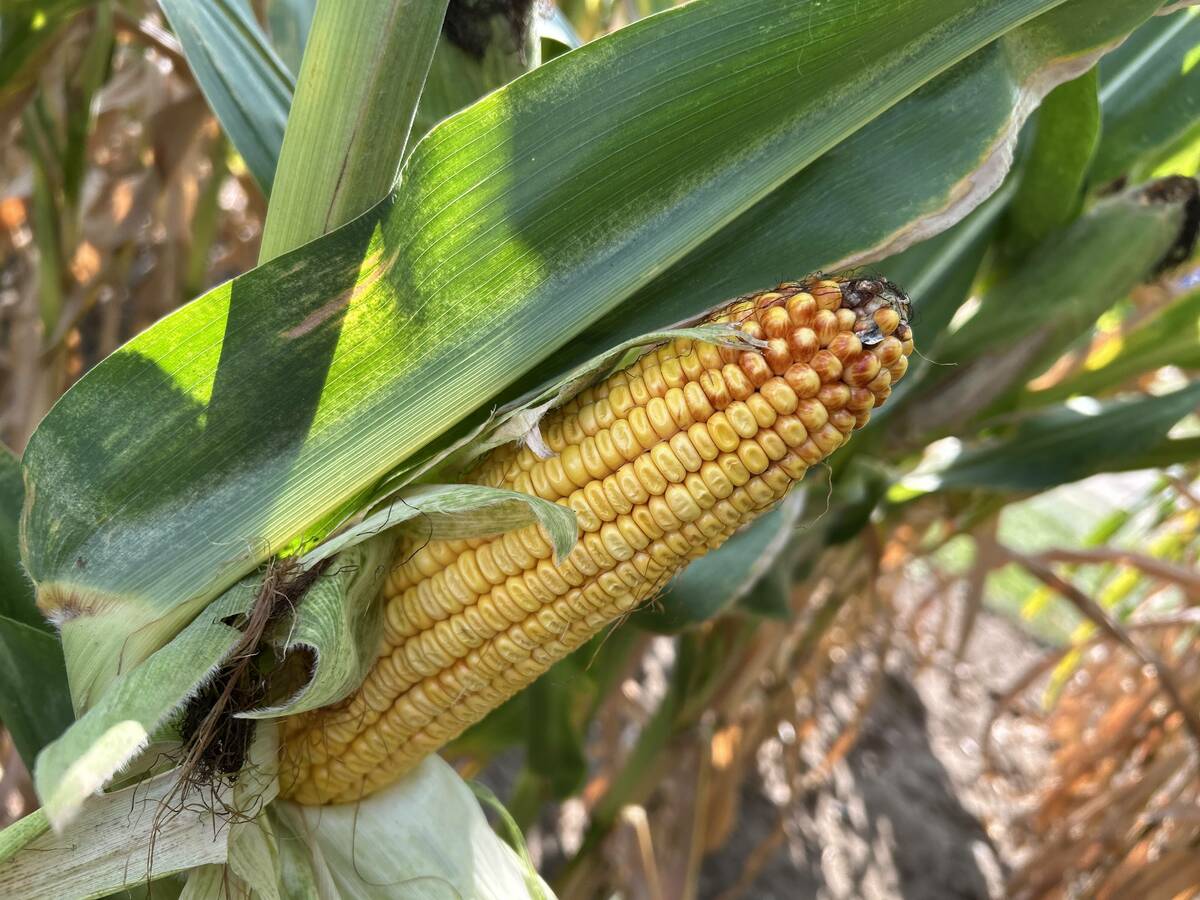Low prices and high input costs for oilseed and pulse crops mean more wheat and barley will go into the ground this spring, says the Canadian Wheat Board.
However, durum acreage will likely drop as burdensome stocks continue to weigh on the market.
Bruce Burnett, director of weather and crop surveillance for the CWB, said the grain marketing agency expects spring wheat and barley acreage to increase by five to 10 percent, while durum drops by about 10 percent.
“Cereals in general are somewhat favoured by the current low price, high input cost environment farmers are facing,” he told producers attending a wheat board meeting in Saskatoon.
Read Also

Crop estimates show mixed results
Model-based estimates used by Statistics Canada showed the 2025/26 crop year has seen increases in canola, corn for grain, oats and lentils production while seeing dips in spring wheat, durum wheat, soybeans and barley in comparison to 2024/25.
With money tight for many producers this spring, the relatively lower production costs associated with cereal grains could be a decisive factor.
“One of the chief concerns I’m hearing from farmers is ‘how much is it going to cost me to put a crop in the ground?’
“That means cereals as a group should be favoured over oilseeds and pulses as a group.”
Last year, western Canadian farmers seeded 17.5 million acres to spring wheats. A 10 percent increase would bump that to 19.3 million.
Barley was planted on 10.3 million acres. A 10 percent increase would result in 11.3 million.
However, Burnett added that the increased acreage probably won’t translate into a corresponding increase in production.
On the whole, prairie farmers have experienced growing conditions the past two years that resulted in higher than average yields.
“We’ve had two years in a row of excellent yields, with last year close to a record for pretty well all crops,” he said. “We’re not likely to get three in a row.”
Those big crops of the past two years are behind the expected decline in durum acreage. Record average yields of 38 bushels an acre last year will result in record carryout stocks at July 31 of 3.5 million tonnes, equal to about 75 percent of a normal crop.
The board said large on-farm inventory and a dim price outlook will see durum area decline from the 5.8 million tonnes planted last year to 5.2 million in 2006.
While it’s still several months before seeds are put in the ground, Burnett said the weather outlook for the growing season looks good at the moment.
Soil moisture is in good shape following last year’s wet fall and Environment Canada’s long-range forecast calls for above normal temperatures across the entire Prairies. Precipitation is forecast to be normal, except for an above-normal area running from southeastern Alberta to west-central Saskatchewan and a below-normal outlook in the Peace River region.
Meanwhile, evidence of a La Nina weather system developing in the Pacific, which would mean a continuation of warm, dry conditions in the southern U.S. winter wheat area, provides good news for Canadian wheat growers.
“If that was to continue and extend through mid-April, and maybe extend a bit farther north, that’s going to have a significant impact on the market,” Burnett said.














